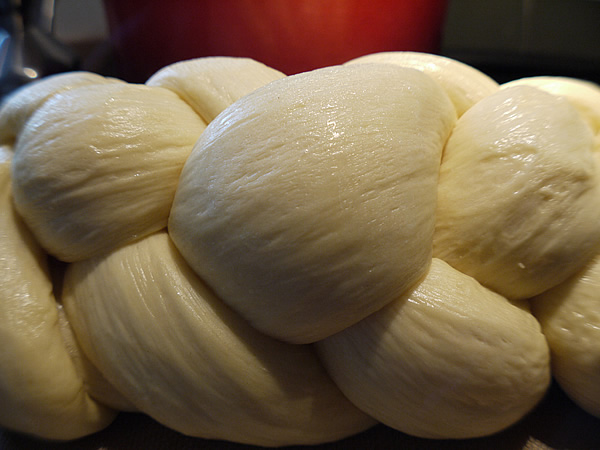
Torah Sparks
Leviticus 21:1 – 24:23
Our Torah reading includes a list of holidays observed throughout the Jewish year. There are three pilgrimage festivals – Passover, Shavuot and Sukkot. The first two are linked by a special process whereby the days that pass between them are counted. This practice is called “Counting the Omer – S’firat ha-Omer.”
The Omer was a bushel of the first barley to be harvested in the new season. As a kind of “first fruits” it was brought to the Temple on the second day of Passover and offered in gratitude to God. From that day seven full weeks of days – 49 days – are to be counted, leading to the celebration of Shavuot on the fiftieth day. We are in the midst of this period of counting right now.
What is the purpose of counting these days? The Torah des not say, but many explanations have been offered over the generations. One thing is clear. The counting forges a connection between these two holidays of Passover and Shavuot, a connection that does not apply to Sukkot vis-à-vis the other two pilgrimage festivals. Another connection can be discerned in the special celebration that marks Shavuot, as escribed in our Torah portion. This is the celebratory offering of the two loaves of bread, offered as another form of first fruits, this time for the wheat harvest.
So these two holidays are both marked by thanksgiving grain offerings. (Sukkot is not.) The link gets more interesting when we notice that the loaves of bread presented on Shavuot “must be of the finest flour; they must be baked leavened (hametz).” (Lev. 23:17) So, after we observe, on Passover, a strict interdiction against eating leavening, or even having it in our possession, on Shavuot we are commanded to bring leavened bread into the Temple as a gift to God.
The connection is one of stark contradiction and contrast. On Passover, as we emerge from a long servitude, we have our freedom, but almost nothing else. We are hardly able to take care of our most basic needs. We take the dough we have mixed and slap it on our backs. The hot sun does the baking for us. That is the matzah we eat and celebrate.
But baking a loaf of leavened bread takes time, resources and technical know-how. On Shavuot we celebrate our newly acquired skills and competence. Proudly we present to our Heavenly Parent the work of our hands and the product of our ownership of our time.
The contrast is stark, but it is mediated and mitigated through the act of counting the days between these two antithetical poles of celebration. The counting is very much akin to the experience of waiting for dough to rise. We start our story as a people bereft of all resources except for the most basic ingredients of flour and water. But day by day, step by step, we can feel ourselves become activated. We grow and change over time. We ferment and expand. We rise.
Shabbat Shalom
Rabbi David Greenstein
Image by Rebecca Siegel  used with permission via Creative Commons: Attribution License
used with permission via Creative Commons: Attribution License
- Toby Stein: In Memoriam - Thu, Feb 8, 2024
- Faithfulness and Hope: Parashat Sh’lach - Thu, Jun 23, 2022
- Past Their Prime: Parashat B’ha`a lot’kha - Thu, Jun 16, 2022
